Nov 28, 2025
Solenoid valves are one of the key components used in fluid control automation and can generally be divided into two main types: direct-acting and pilot-operated. Although both types share the fundamental function of using an electromagnetic coil to control fluid flow, their internal structures and operating characteristics differ significantly.
So, how do we distinguish between pilot-operated and direct-acting solenoid valves? And how can we choose the right type to better meet specific application requirements?The following content will answer these questions for you.
Direct-acting solenoid valves are typically used for small-diameter and low-pressure applications.
A direct-acting solenoid valve is a type of valve that uses electromagnetic force to directly drive the valve core, thereby opening or closing the fluid passage and enabling automatic and rapid remote control of the flow of fluids (gas, liquid, steam, etc.). Its operation is as follows: when the solenoid coil is energized, the valve opens or closes; when de-energized, the valve returns to its initial state under the action of spring force.
A direct-acting solenoid valve typically consists of the following two main parts:
Solenoid Coil Assembly
Coil: Copper wire wound on a frame, generating a magnetic field when energized.
Coil Frame/Housing: Protects the coil and guides the magnetic circuit.
Stationary Iron Core: Fixed inside the coil, it is part of the magnetic circuit.
Plug/Lead: Connects to an external power source.
Valve Body Assembly
Moving Iron Core (Valve Core): This is the key moving part, usually integrated with the seal. It moves linearly under the action of electromagnetic force.
Valve Seat: The sealing surface on the fluid passage, which the valve core contacts to achieve closure.
Seals: Typically made of materials such as rubber (e.g., NBR, FKM, EPDM) or PTFE, ensuring a tight seal between the valve core and seat.
Return Spring: Provides the force to return the valve core to its original position when the solenoid coil is de-energized.
Valve Body: The main structure, containing the fluid inlet and outlet passages.
Sleeve/Guide Tube: Guides the precise movement of the moving iron core and is also part of the magnetic circuit.
Pilot-operated solenoid valves, on the other hand, are commonly used in large-diameter and high-pressure environments.
A pilot-operated solenoid valve is a type of solenoid valve that uses a small-power electromagnet to control a large flow rate and high-pressure fluid. It utilizes the pressure difference of the fluid itself to control the flow, achieving powerful control with minimal electromagnetic force.
The structure of a pilot-operated solenoid valve is more complex than that of a direct-acting valve, mainly consisting of two parts:
Pilot Head Assembly (similar to direct-acting valves)
Coil
Stationary Iron Core
Moving Iron Core (Pilot Core): Used to control the opening and closing of the pilot orifice.
Return Spring (Pilot Head Part)
Main Valve Body Assembly
Diaphragm/Piston: This is the key component, dividing the valve body into the upper chamber and the lower chamber (main passage). The movement of the diaphragm directly determines the opening and closing of the main valve orifice.
Main Valve Seat: The sealing surface of the main fluid passage.
Main Valve Orifice: The main passage through which the fluid passes, typically much larger than the pilot orifice.
Pilot Orifice (Throttle Orifice): A very small passage connecting the main valve inlet and the upper chamber of the diaphragm.
Pressure Balance Channel: Ensures fluid pressure is transmitted to both sides of the diaphragm or piston.
Pilot-operated solenoid valves can handle higher operating pressures compared to direct-acting valves. This is because the pilot design uses the system's own pressure to assist in opening the main valve, allowing it to operate reliably in high-pressure environments.
Direct-acting solenoid valves provide faster response times.
They open and close the main valve directly through electromagnetic force, making them ideal for applications that require rapid cycling.
In contrast, pilot-operated solenoid valves first energize a small pilot valve, which then uses differential pressure to open the main valve. This two-step action leads to a slightly slower response.
Pilot-operated valves generally offer higher flow capacity (higher Cv values) because their design supports larger valve sizes. Their Cv values commonly reach 3 or higher, making them suitable for systems requiring high flow rates.
Direct-acting valves typically have lower Cv values, usually below 1, due to their smaller orifice size and simpler structure.
Direct-acting solenoid valves require more electrical power, as the coil must generate enough force to directly lift the valve mechanism.
Pilot-operated valves consume less power because the coil only needs to actuate the pilot stage, with the system pressure doing most of the work.
Pilot-operated valves require cleaner media, since contaminants may clog the pilot passages or affect differential pressure operation.
Direct-acting valves, with their simpler flow path, are more tolerant of impurities and suitable for applications where media cleanliness cannot be strictly guaranteed.
You May Interest In

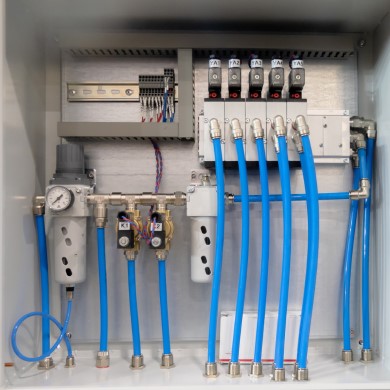
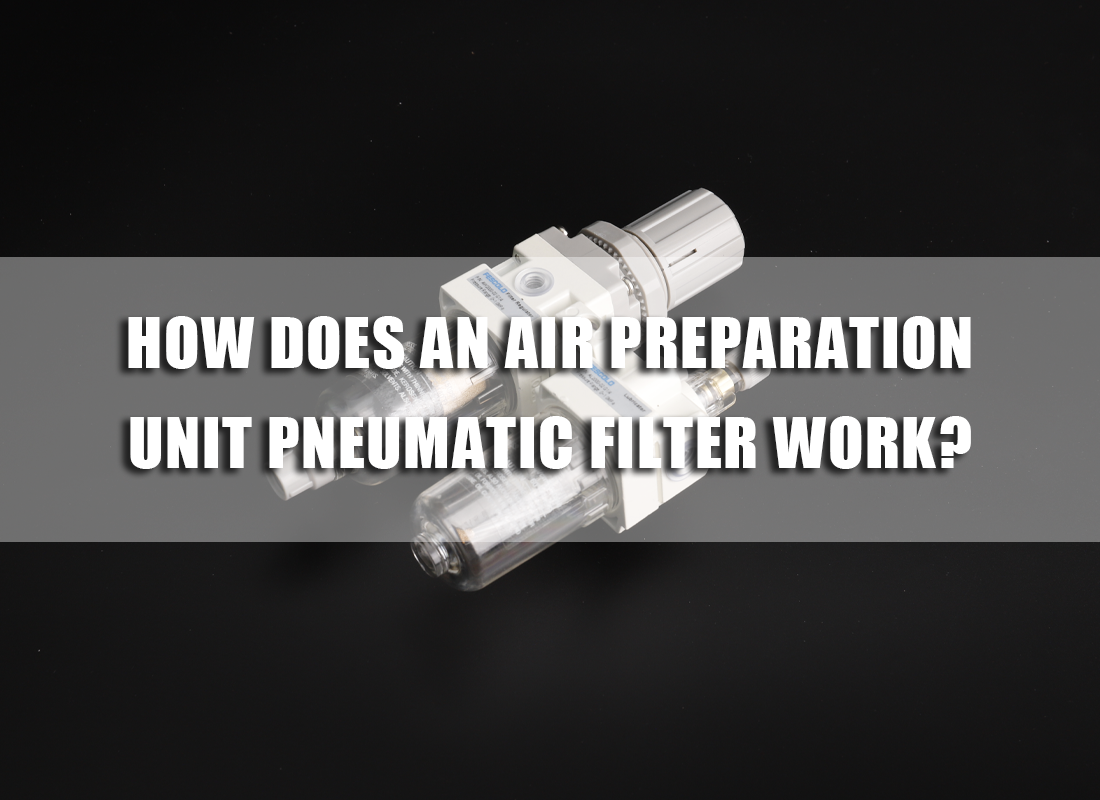

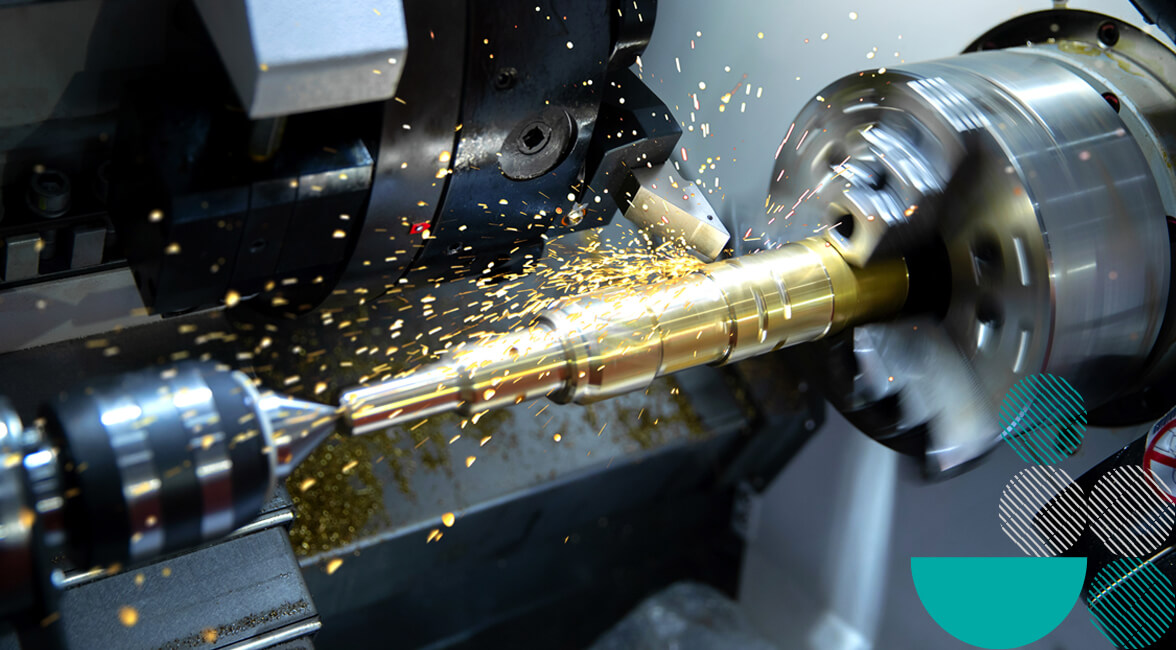
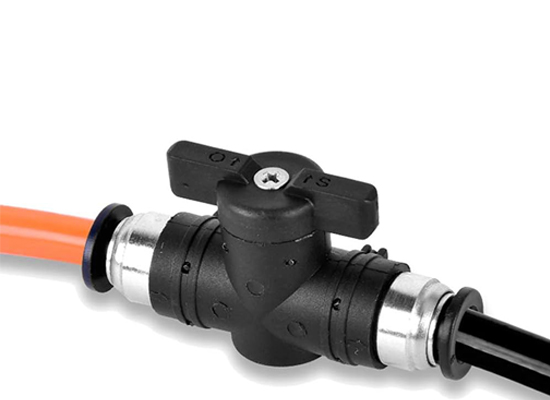
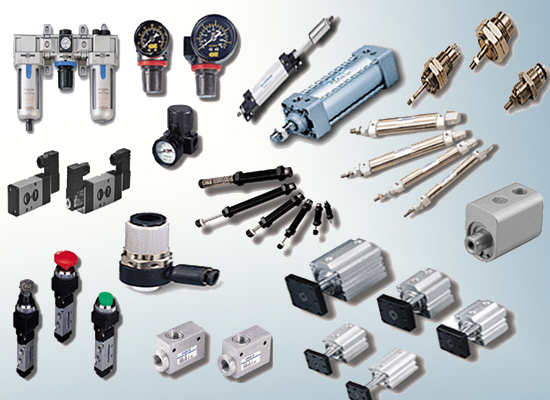
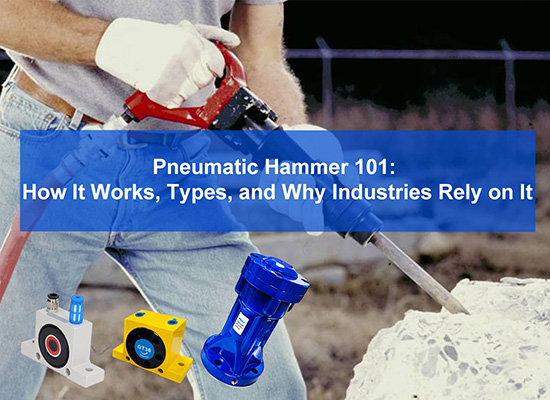

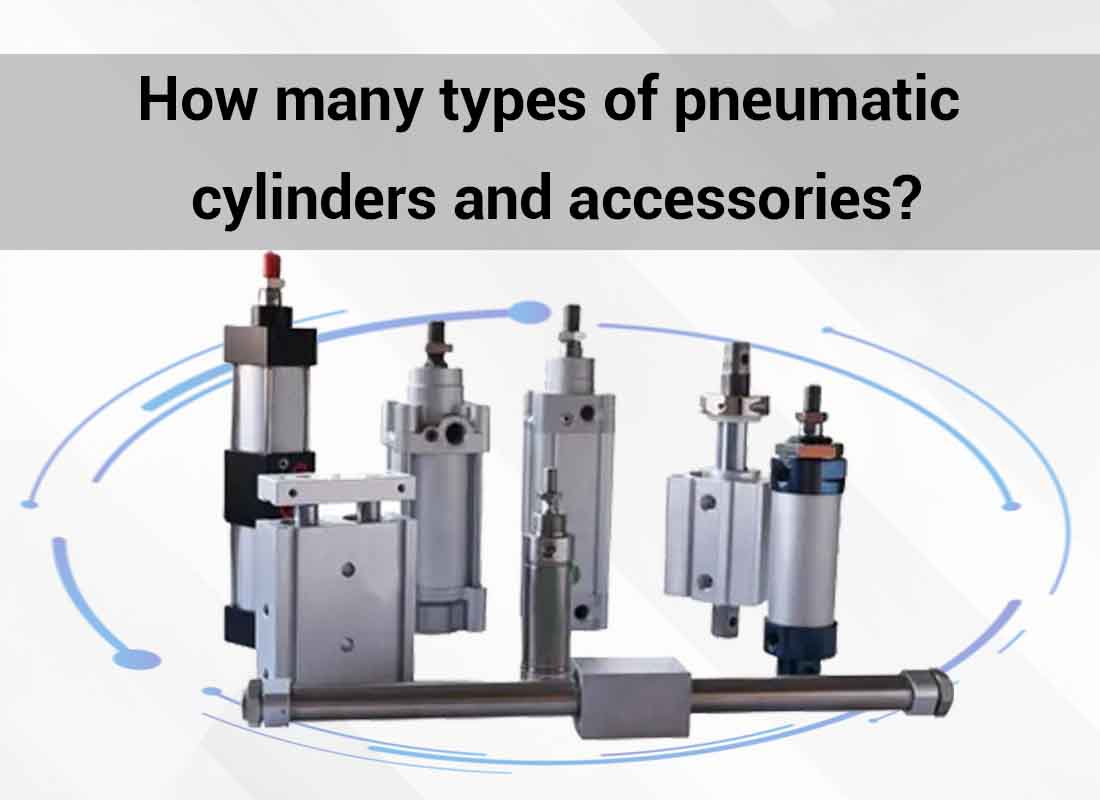
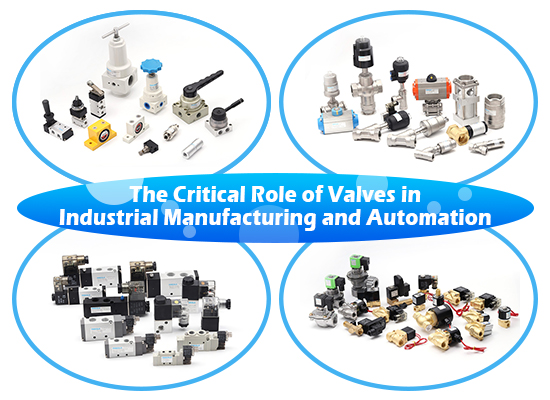
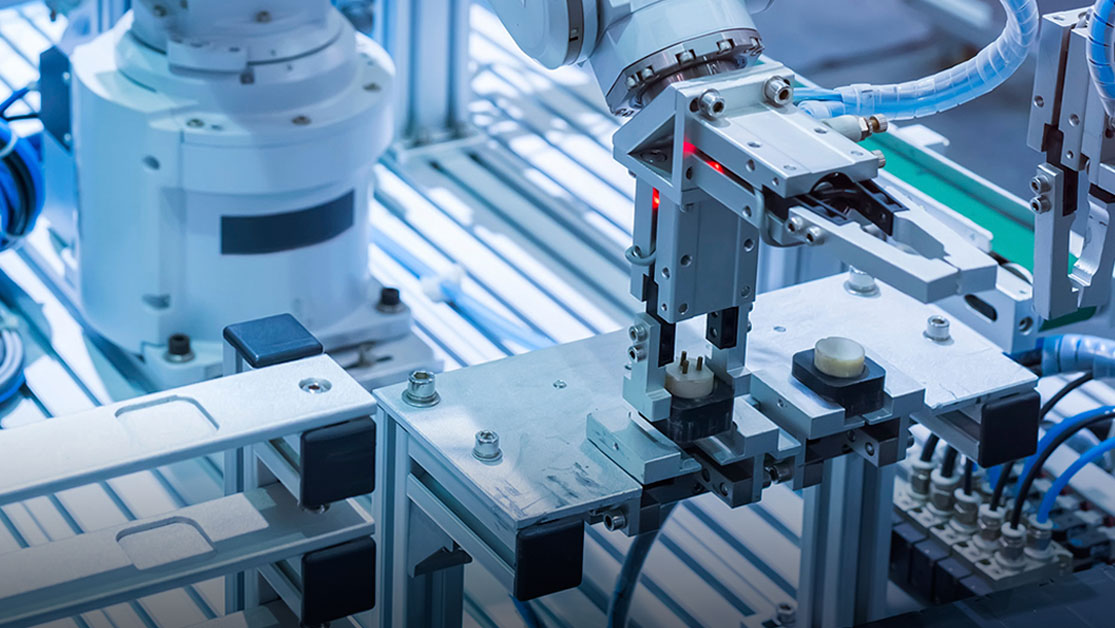
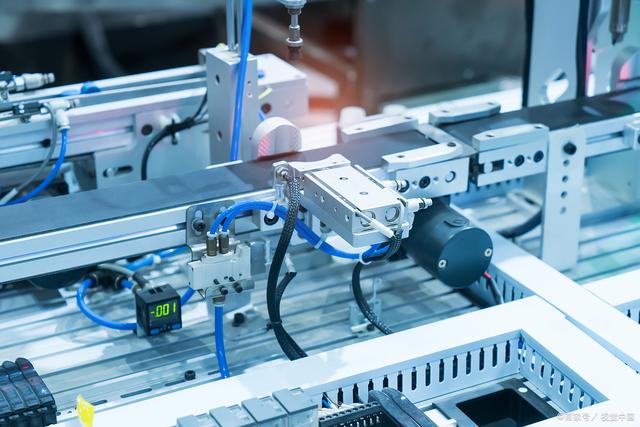
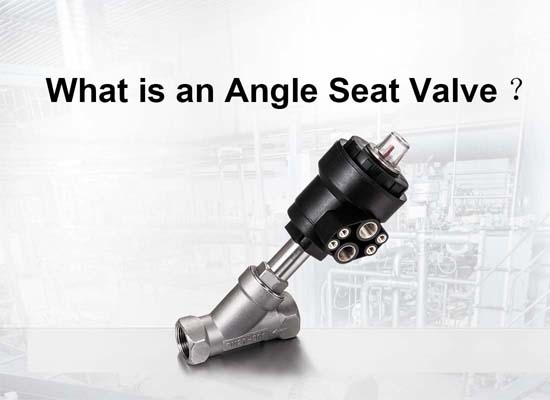
Apr 18, 2025 Blog
What is an Angle Seat Valve?Links: www.fescolo.com(Pneumatic)
FOKCA ©1998-2025 All Rights Reserved Sitemap